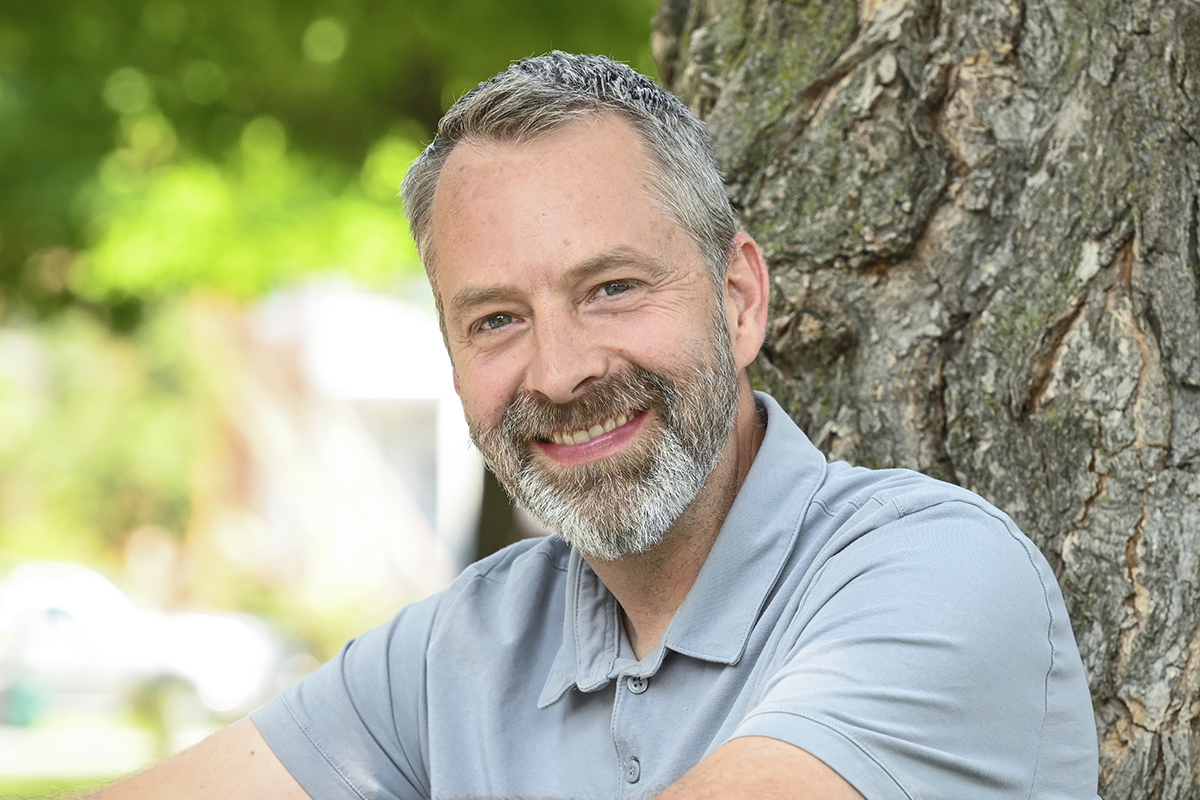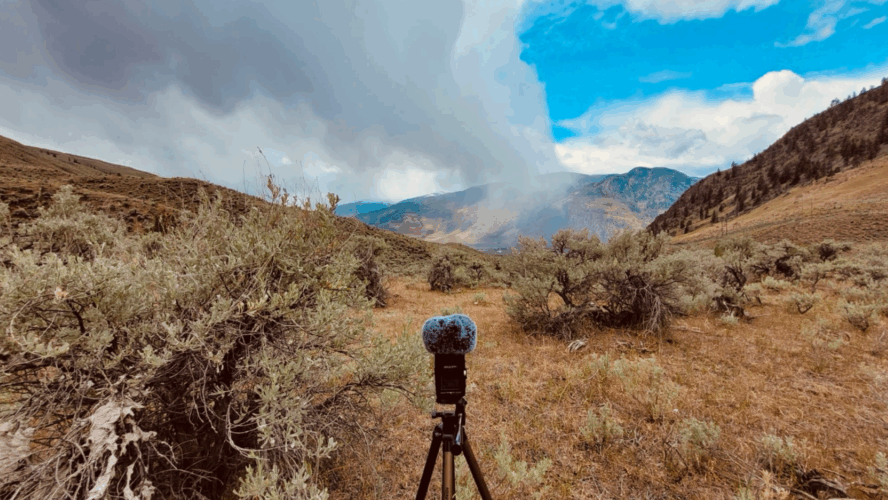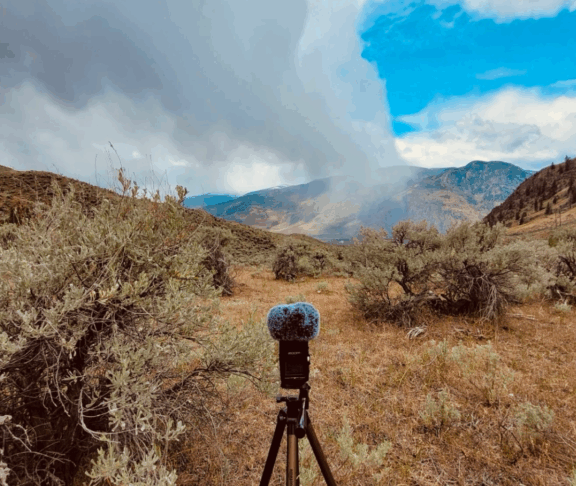
Randall Van Wagner
Head of National Greening Program, Tree Canada
Climate change is fraying Canada’s forests. Tree Canada’s biodiversity program weaves them back together with native trees, strong partnerships, and measurable results.
On a summer evening in southern Ontario, you might see a yellow warbler flit through the branches of a red oak, pausing to snap up a caterpillar. That caterpillar depends on the oak’s leaves, and the oak in turn relies on healthy soil and a web of fungi and pollinators. When one link falters, the chain weakens. Climate change is straining these crucial connections.
Winters once harsh enough to kill off invasive pests are now milder, allowing insects like the emerald ash borer to spread unchecked. Droughts and floods strike with greater intensity, while forests stressed by drought or insects are more vulnerable to fire.
“We’re seeing more impactful weather events and more outbreaks of pests that once would have been kept in check by colder temperatures,” says Randall Van Wagner, Head of Tree Canada’s National Greening Program. “It’s a big problem because trees in the boreal forest are really the lungs of the earth. They produce oxygen, store carbon, and support the interconnected web of life.”
Tree Canada, a national nonprofit, works to restore balance to these ecosystems. Through large-scale reforestation projects, the organization brings together landowners, scientists, Indigenous communities, and funders to plant native trees and shrubs where they’re needed most. Its newest initiative — a dedicated funding stream for biodiversity projects — focuses on reconnecting fragmented habitats to give species the space to survive and adapt.
Stitching the landscape back together
At the heart of Tree Canada’s new biodiversity program is the idea of connectivity. Many of Canada’s richest habitats — national parks, wetlands, and conservation lands — are cut off from one another by farmland, highways, or cities. Isolated pockets of forest can’t easily sustain healthy populations of plants and animals. The program aims to bridge those gaps by planting diverse species in the spaces between, creating living corridors that allow native flora and fauna to migrate and thrive.
This work is collaborative by design. Tree Canada uses maps of Key Biodiversity Areas to guide its efforts and works closely with Indigenous groups, conservation authorities, and local landowners to put plans into action. National partners like Birds Canada, the World Wildlife Fund, and the Wildlife Conservation Society are involved as well, alongside Environment and Climate Change Canada. Federal support through the 2 Billion Trees program has allowed Tree Canada to focus on biodiversity outcomes by hectare rather than the number of trees planted, and corporate sponsors are increasingly stepping forward to match those funds.
Tracking life’s return
Every project includes long-term monitoring. Baseline surveys are carried out before planting, then repeated years later with tools like acoustic monitors for birds and frogs, insect traps to measure species richness, and satellite imagery to track growth.
These measures reveal whether a once-empty farm field now supports pollinators, whether migrating birds are arriving in greater numbers, and whether a young forest is on its way to becoming a thriving ecosystem. “It’s how we measure our biodiversity impact, learn about the sites, and improve year to year,” Van Wagner says.
Canada’s forests may be under strain, but renewal is possible. With every native tree planted in the right place, a corridor is slowly restored, an insect species finds a host, and a migratory bird gains a meal. Piece by piece, the web of life can be rewoven — and with the right partners, strengthened for generations to come.
Support Tree Canada’s work or share how you’d like to reforest your land at treecanada.ca.




